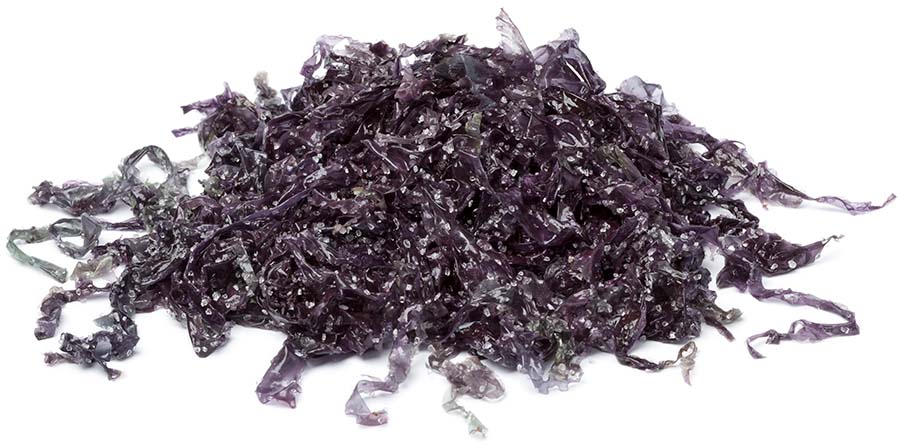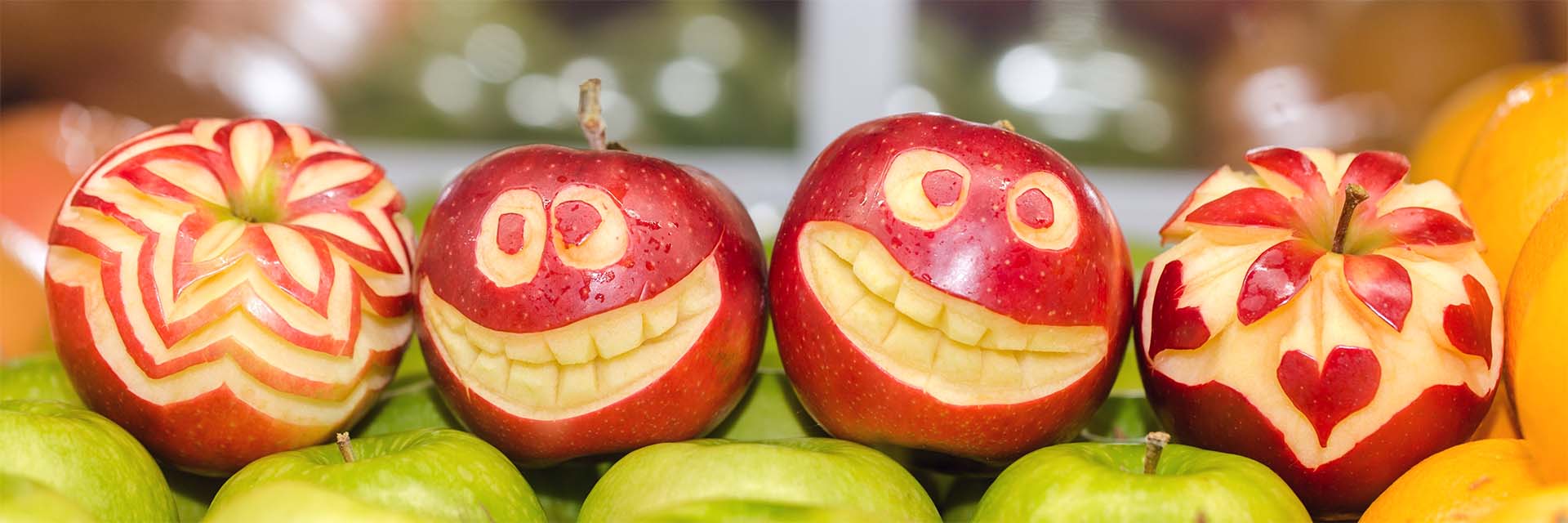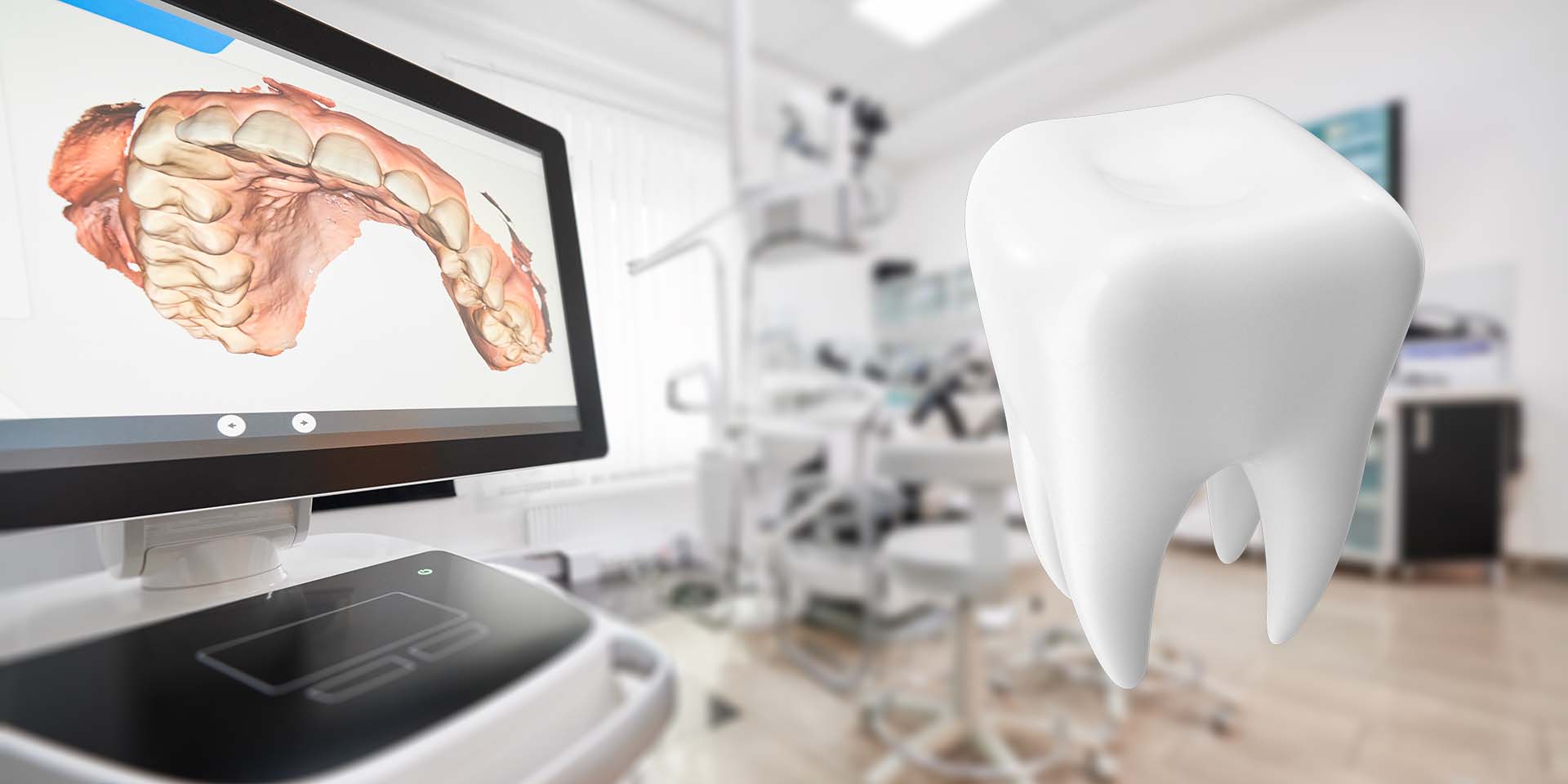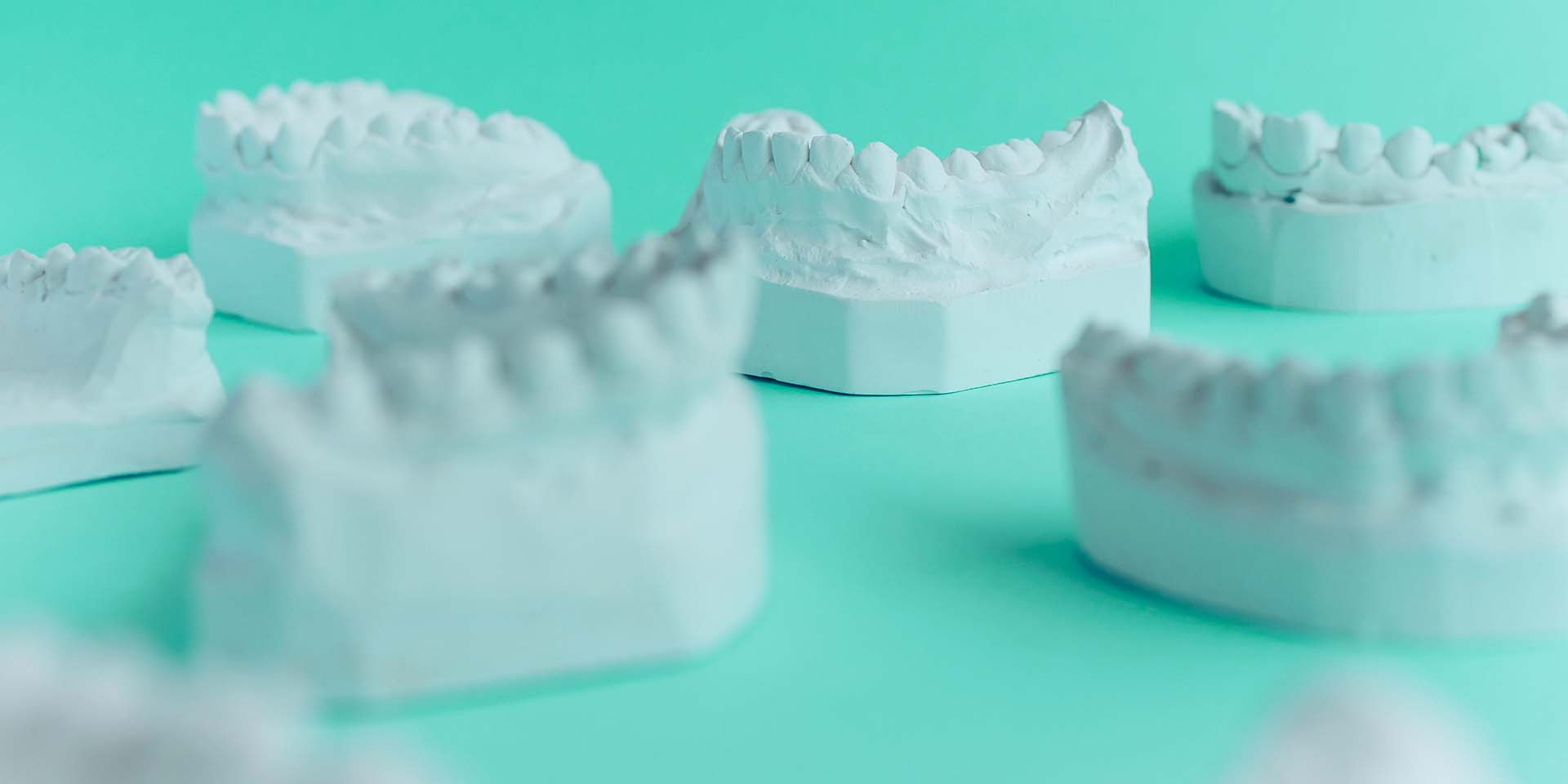1. introduction
- The interconnection between diet and teeth
- The hidden role of food in preserving your mouth
2. Food Friends: Oral Health Promoters
- Calcium and its defenders: where to find them besides milk
- Fibre: the natural toothbrush
- Water: the purifying elixir
3. Smile villains: What to avoid to keep your mouth in shape
- Sugar and refined carbohydrates: the sweet danger
- Acidic drinks: the invisible attack on tooth enamel
- Sticky snacks: traps for your teeth
4. Practical Tips for an Oral Health-Friendly Diet
- Eating vs. snacking: the importance of setting a timetable
- Natural foods: why are they the best allies?
- Combating acidity: dietary strategies
5. Conclusion
- Reinventing the relationship with food: a healthy smile starts on the plate
1. introduction
Oral health has always been seen through the lens of oral hygiene. However, recent research has broadened this spectrum, demonstrating how diet plays a central role in the quality of our oral health. This relationship, which is often underestimated, has been the subject of several studies that have brought to light crucial information for anyone looking for a healthy, long-lasting smile.
2. Food Friends: The backing of science
Calcium in seaweed: Traditionally, dairy products are the benchmark when it comes to calcium sources. However, a study by Smith et al. (2020) has brought a fascinating perspective on seaweed. Seaweed, according to the research, has a high content of bioavailable calcium, offering a nutritious alternative, especially for those who avoid dairy products.
Apples, the “natural detergents”: The fibrous structure of apples, according to Jones (2018), promotes a kind of “cleaning” of the teeth when chewed, helping to reduce plaque. This fruit is therefore not only delicious, but also an ally for your smile.
The issue of fluoridated water: In 2017, the WHO released a study reinforcing the benefits of fluoridated water. Fluoride, when present in water in adequate quantities, can significantly reduce the incidence of tooth decay, especially in communities with low access to dental care.
3. Smile villains: alarming findings
Sugars and children’s oral health: The study by Fernandez et al. (2019) found that excessive sugar consumption is directly linked to an increase in tooth decay in children. The finding is alarming and suggests an urgent reassessment of children’s eating habits.
Acidic drinks and dental erosion: The consumption of acidic drinks has increased, and with it, dental erosion problems. Martins (2021) carried out a study with young adults and identified a significant correlation between the consumption of these drinks and tooth enamel erosion.
The effect of starch: Foods rich in starch may not be sweet, but they are transformed into sugars by the action of oral bacteria. Silva et al. (2020) showed how this transformation can lead to an increase in bacterial plaque and, consequently, the development of cavities.

4. Practical tips based on research
Eating regularly: More important than what we eat is when we eat. Gomes (2017) carried out research which showed that the frequency of meals can directly influence oral health. Spacing out meals and avoiding constant snacking can help preserve the health of teeth.
The power of antioxidants: Foods rich in antioxidants, such as red fruits and nuts, have been shown to be great allies for oral health. Pereira et al. (2019) showed how these foods combat oxidative stress in the mouth, a factor that can lead to various oral diseases.
Care after acidic foods: One aspect that is often overlooked is the timing of brushing after consuming acidic foods. Carvalho (2018) points out that brushing immediately after consumption can accelerate enamel erosion. The ideal is to wait around 30 minutes.
5. Conclusion
The intersection between diet and oral health is a constantly evolving field of study. As new research is carried out, the more we realise how our food choices have a profound impact on the health of our mouths. By integrating these findings into our daily routine, we not only promote a healthier smile, but also improved overall health. After all, as the saying goes, we really are what we eat. And science is here to prove it.
References:
Smith et al. (2020). O papel do cálcio em algas marinhas na saúde oral.
Jones, L. (2018). Maçãs: benefícios para a saúde bucal através da fibra.
Organização Mundial da Saúde (2017). Benefícios da água fluorada para a prevenção de cáries.
Fernandez et al. (2019). Consumo de açúcar e prevalência de cáries em crianças.
Martins, R. (2021). Bebidas ácidas e erosão dentária em adultos jovens.
Silva et al. (2020). Efeitos de alimentos ricos em amido na saúde bucal.
Gomes, T. (2017). Influência da regularidade alimentar na saúde bucal.
Pereira et al. (2019). Benefícios de alimentos antioxidantes para a saúde oral.
Carvalho, L. (2018). Recomendações após consumo de alimentos ácidos.



